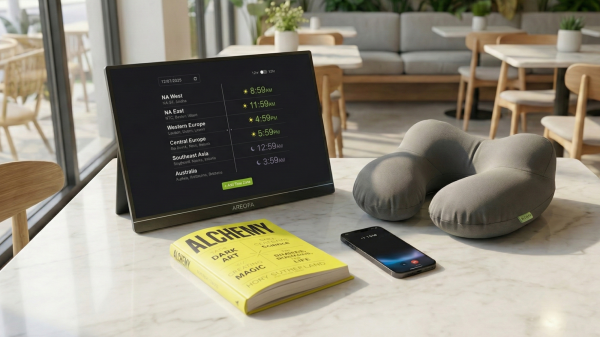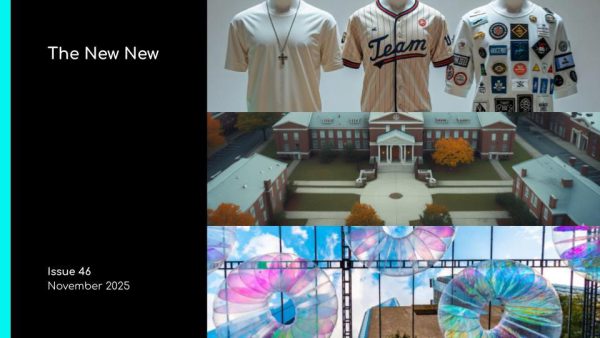Five Rising Video Capabilities to Accelerate Sales and Marketing Campaigns

The following are select quotes pulled from the original piece.
MarTech Series exclusively spoke with Brent Turner, SVP Marketing Strategy and Technology at Cramer for his insights on the subject.
He defined 360-degree video as “today, we define 360-degree video within a broader world of extended reality (XR). XR is part of an evolving alphabet soup of two-letter acronyms, such as Virtual Reality (VR), Augmented Reality (AR), and Mixed Reality (MR). While we find that many people have trouble defining the difference between technologies like AR and VR, 360-degree video fits within a simpler subset of extended reality.
The worlds of 360-degree video and its newer YouTube-backed sister 180-degree video bring you — the viewer — into a theater-like experience where what you are watching is an immersive video- or animation-based experience. Today, brands and content creators are experimenting with this format across a spectrum of short ad-like experiences, mid-length training and education materials, and full-length feature films.”
Strategizing 360-Degree Video Marketing
A 360 Degree Videos transits viewers into what they are viewing. Users are in a position to view things from a first-person point-of-view. Technological compatibility for 360-degree video is complex with not all handsets supporting this format. Marketers should produce content which is in-sync with the available technology. Other than that, marketers can follow the principles of traditional Video Marketing strategies to run successful campaigns.
“When utilizing 360-degree video within B2B campaigns, the first thing we explore is simple:
How will our viewers find and experience the content?
People typically experience 360-degree video in three common ways:
- Computer web browsers via video players, like Wistia’s embeddable players or YouTube 360 embeds
- Wearing headsets, like putting their phones into Samsung Gear VR or Google Cardboard devices, through higher-end Oculus devices, or just by holding their phones up to their faces and looking around
- Live Events, like domes and other types of group media experiences
In today’s landscape of technology access — and an end user’s comfortability with that technology — the baseline framework we use for aligning content-to-experience is simple:
For longer-form materials, like customer training or other education-centric information, we create for desktop-centric experiences. These experiences that are typically embedded in websites, the videos require less movement for the viewer and are easier to share and embed for potential viewers to find them.
For mid-form materials, like customer case studies, product demos, or other mid-funnel information, we build for headset-centric experiences. These experiences are ones that the viewer is typically invested in wanting to watch as it typically takes more effort for the viewer to access, load, and consume content on headsets. However, once they have the content showing in their headset, the strategy for the video would be to embrace some movement — enabling the viewer to look around and appreciate their immerse into the story.
For short-form materials, like advertisements, brand anthems, and big announcements, we love live event-based experiences. These experiences typically bring together a mix of audiences, as a group, to delve into a storyline together. These stories should be bold, fast-moving, and emotional. The strategy here is to give a sense of adventure, from how you step-inside the content at an event to how the videos unpack around you.
As you can see, for any B2B marketer in today’s 360-degree landscape, the strategies for the campaign should be tied as much to business goals as they are to the viewers’ form factor. A great, highly strategic, impressively creative video will only thrive when it is discovered, accessed, and experienced on the right platform,” Brent said.
(Cramer is an event and experiential marketing agency that delivers 360-degree video for global B2B brands, such as IBM, Sanofi Genzyme, Siemens, and UPS.)
360-degree Marketing Videos Success Stories
Brent commented on success stories by saying “We have found that most notable work with 360-degree video is happening in the events space. From booth activations, like Siemens 360-degree animation experience at a recent healthcare conference to Google live streaming their popular user conference in the 360-degree video to the ever increasing use of domes at events, there are compelling examples and success stories emerging at an ever-increasing rate.”





